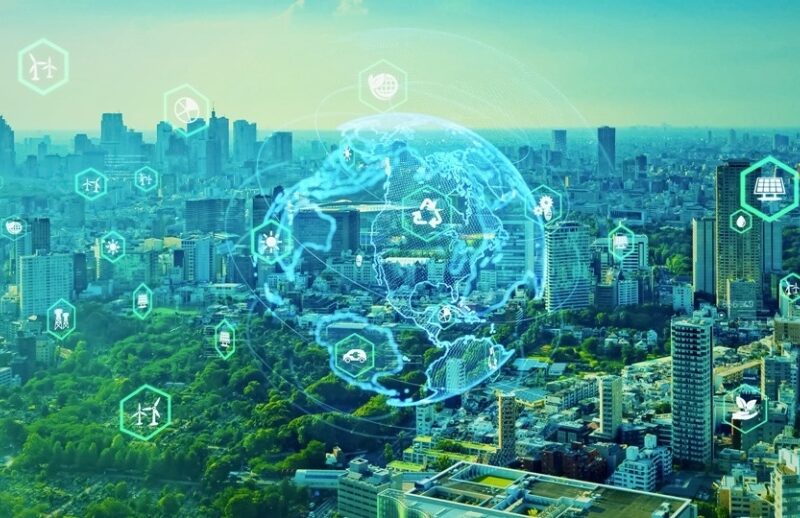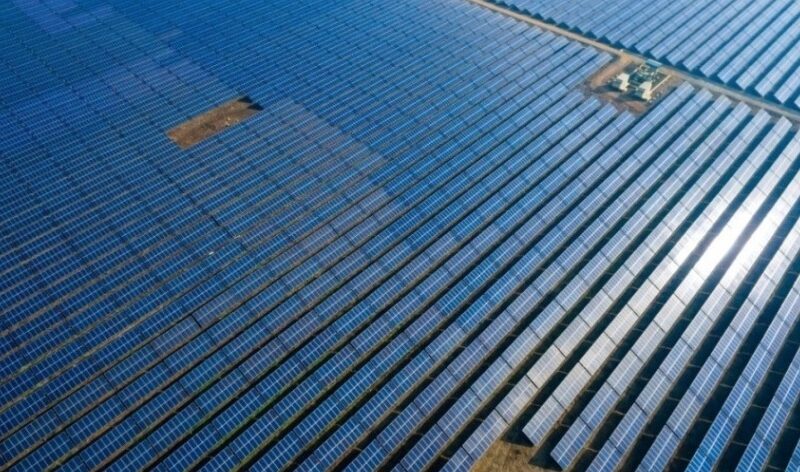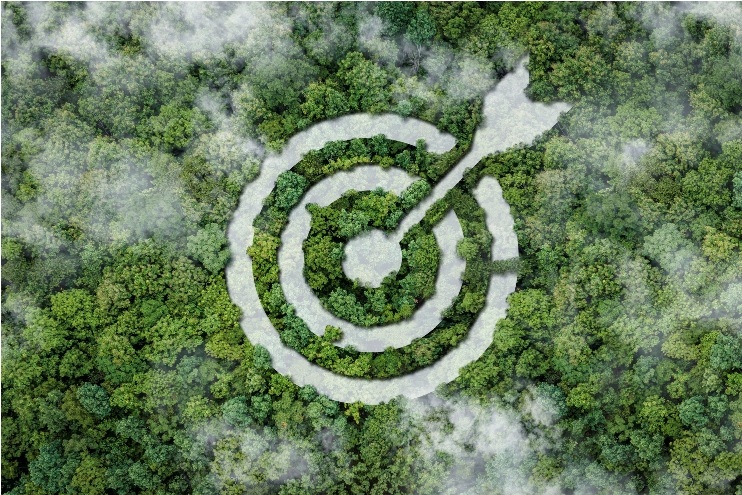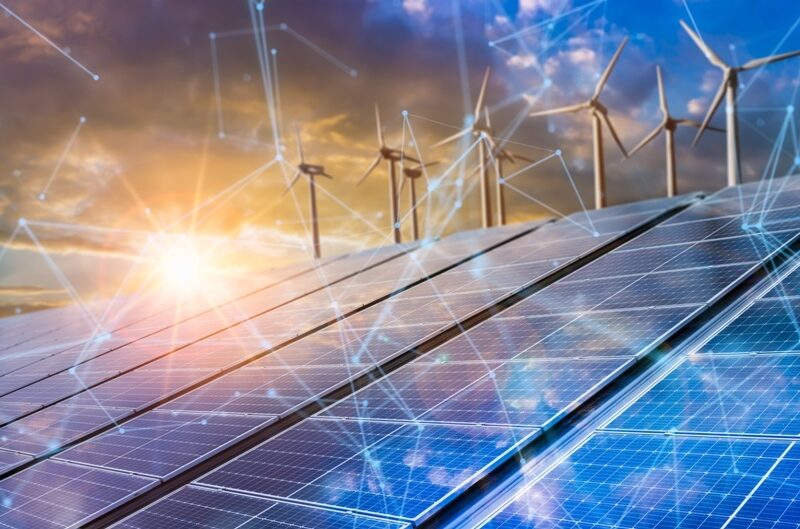By Invitation
Advancements in generator technology and hydrogen electrolyzers
Technological advancements in generators and electrolyzers can help in cost-effective production of clean hydrogen – a fuel that can potentially redefine our energy landscape, notes Sanjay Jadhav.
Transforming power T&D through drones and data analytics
- Apr 29, 2024
Given the dynamically changing technological environment, drones and data analytics have redefined many industries, including the power transmission and distribution sector, notes Kanav Kumar.
Efficient energy transformation with smart grid technologies
- Apr 24, 2024
As the world transitions towards sustainable energy solutions, the implementation of smart grid technologies is paving the way for a more efficient, resilient and customer-centric energy sector, notes Sanjay Verma.
Rotating packed bed technology: An effective approach to carbon capture
- Apr 23, 2024
Carbon capture is an effective tool in mitigating the impact of climate change. Among the various carbon capture methods, rotating packed bed (RPB) technology is a disruptor in the CO2 capture space, thanks to its efficiency and versatility, notes Nitin Sarna.
DERs and Digitalization: Catalysts for a Sustainable Energy Future
- Apr 15, 2024
This article is the third and concluding part of a three-part series of thought leadership on Energy Transition, authored by Anil Rawal. The Energy Transition series expounds on the role of six pillars on which global “Net Zero” ambitions would rest – Renewables, Battery Storage, Green Hydrogen, E-mobility, Distributed Energy Resources and Digitalization. In this composition, Anil Rawal shares insights on distributed energy resources (DERs) and digitalization.
The Future of Sustainable Energy Sources: Innovations and Challenges
- Apr 9, 2024
Innovations in Sustainable Energy have presented the sector as an attractive alternative although the transition process is not without its fair share of challenges, observes Dr. Shantanu Trivedi
Fueling the Future: How Green Hydrogen and EVs are Transforming the Energy Landscape
- Mar 16, 2024
This article is the second of a three-part series of thought leadership on Energy Transition, authored by Anil Rawal. The Energy Transition series expounds on the role of six pillars on which global “Net Zero” ambitions would rest – Renewables, Battery Storage, Green Hydrogen, E-mobility, Distributed Energy Resources and Digitalization. In this piece, Anil Rawal dwells upon Green Hydrogen and E-mobility.
Toshiba Shaping the Sustainable with its Next-Gen Technologies
- Mar 12, 2024
Research increasingly indicates that we will have to not only lower emissions as much and as fast as possible but also remove excess carbon that will continue to be emitted into the atmosphere from hard-to- abate sectors. Digital transformation can act as an enabler to decarbonisation, or technologies for carbon capture and sequestration, notes Mr. Shuichi Ito.
Shaping the future of LV power distribution
- Feb 22, 2024
A smart low-voltage electrical infrastructure is essential for implementing connected energy systems. While traditional protection and switching tasks are still necessary, the real future is in intelligence. It’s all about transparency, data, and digitalization, notes Andreas Matthé
Renewable Energy and Battery Storage: Cornerstones of Energy Transition
- Feb 19, 2024
This article is the first of a three-part series of thought leadership on Energy Transition, authored by Anil Rawal. The Energy Transition series expounds on the role of six pillars on which global “Net Zero” ambitions would rest – Renewables, Battery Storage, Green Hydrogen, E-mobility, Distributed Energy Resources and Digitalization. In this installment, Anil Rawal touches upon Renewables and Battery Energy Storage.





